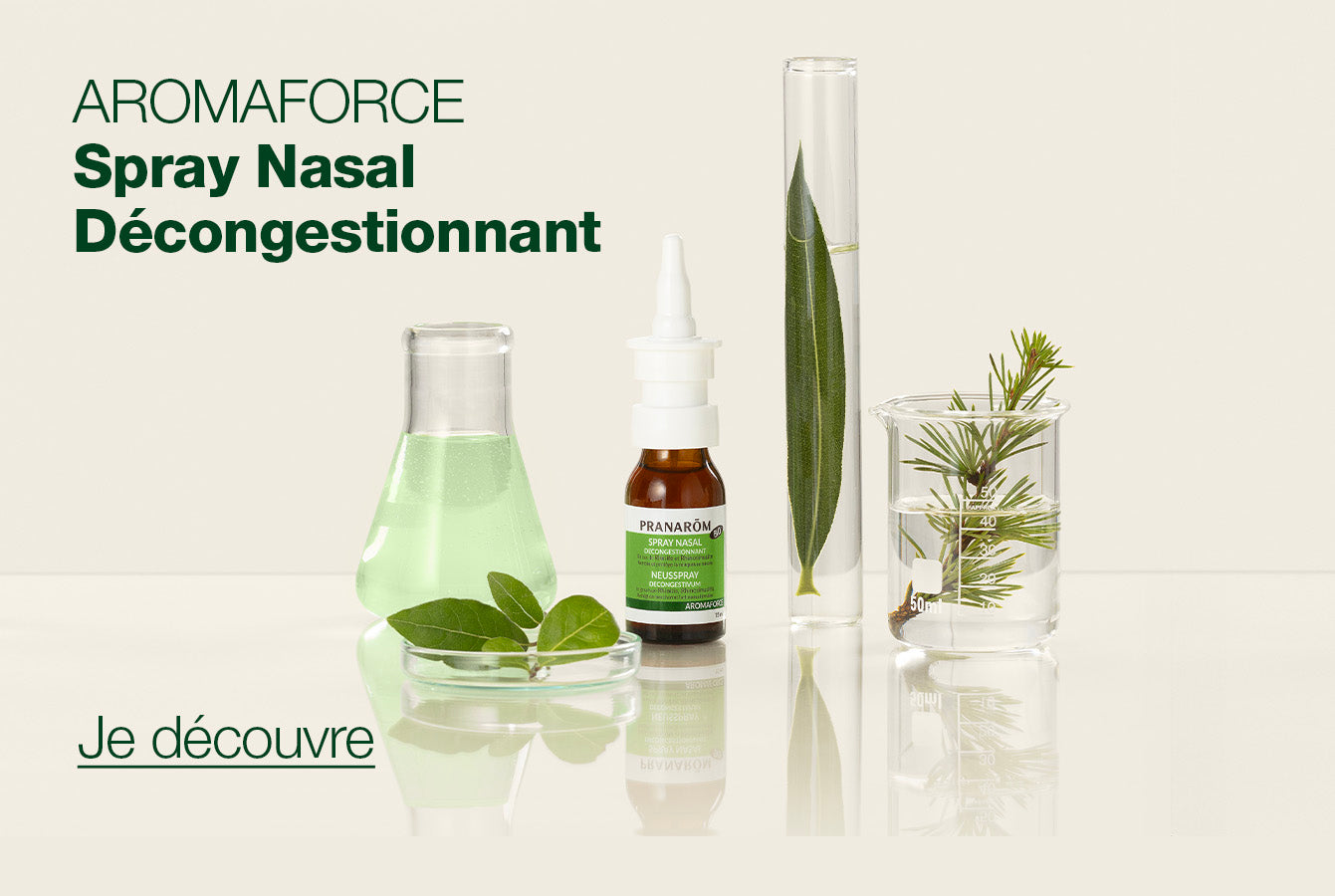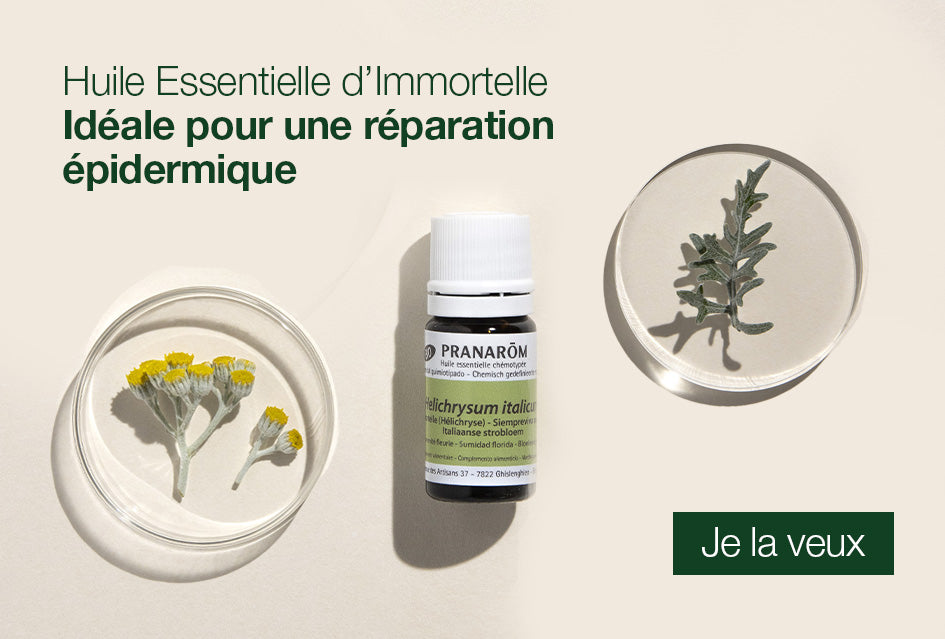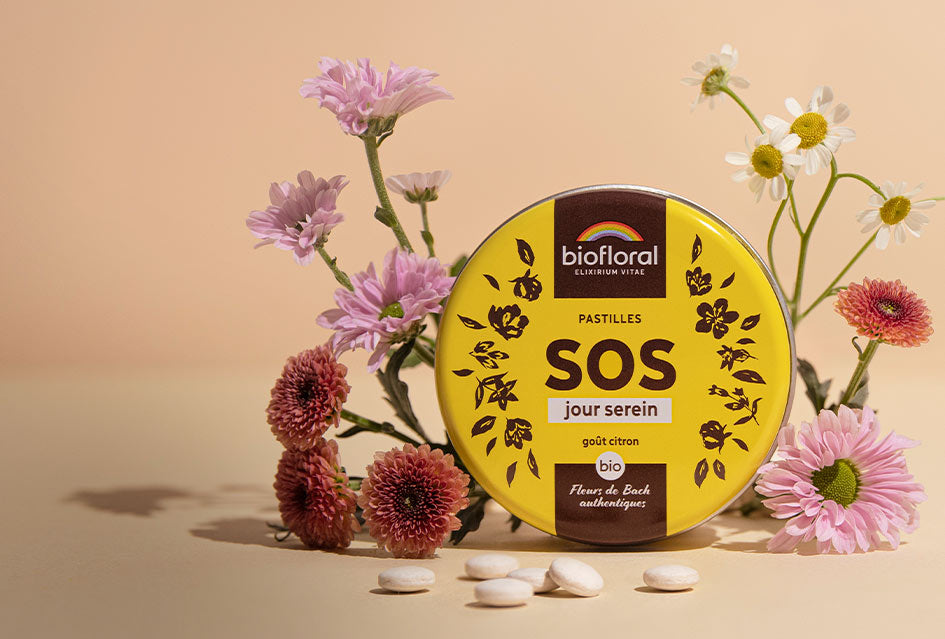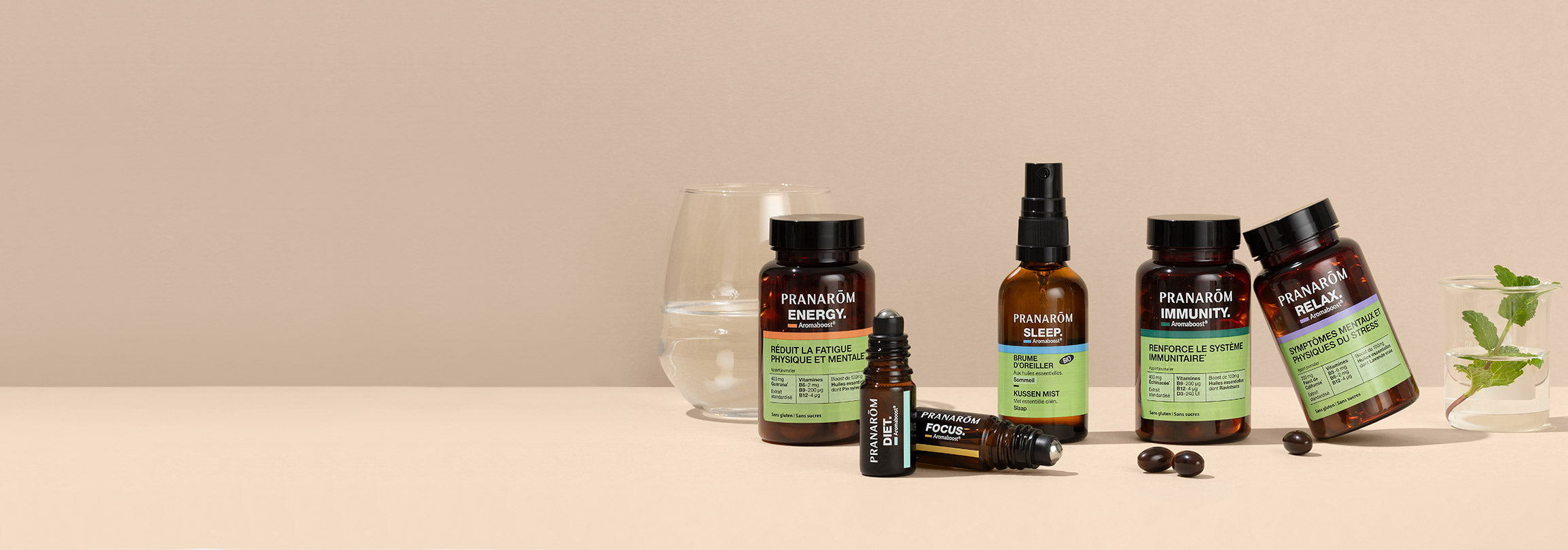In 2006, a clinical study involving 30 patients with ulcerative tumors was carried out to measure the effectiveness of essential oils in reducing bad odors linked to ulcers and on their healing. The results of the study in question demonstrated that essential oils could be of valuable assistance in the care provided to patients and those close to them.
This undoubtedly explains the growing interest of oncology, palliative care and other medical services in aromatherapy. Essential oils are indeed the allies of choice for gentle therapy that combines olfactory pleasure and effectiveness. Please find attached a summary of this study.
A clinical study:
Based on the multiple power of Essential Oils, Warnke et al conducted therapeutic trials on 30 patients with inoperable squamous cell carcinoma with anaerobic bacteria, in six different oncology units. The participating patients suffered from cancers localized to areas of the head and neck with malodorous necrotic ulceration. Their condition required them to be isolated for treatment, which is often psychologically unwelcome. These trials led to the publication of the study: PH Warnke et al. Antibacterial essential oils in malodorous cancer patients: Clinical observations in 30 patients. Phytomedicine 13 (2006) 463–467
Antibiotics and Essential Oils:
In order to combat bacterial proliferation and the bad odors of putrefactive ulcers, the Warnke et al group opted for a local treatment with a synergy composed as follows: 70 mg of Eucalyptus EO (we do not specify which one) , 50 mg of Tea tree EO, 45 mg of Lemongrass EO, 45 mg of lemon EO, 7 mg of clove leaf EO, 3 mg of thyme EO and an ethanol base to 40%. This was combined with oral antibiotic therapy.
Positive results:
These clinical experiments have confirmed the antibacterial effect of essential oils, but also their anti-inflammatory effect. We also observed, to a low degree, a re-epithelization of the neoplastic facial ulcers of the patients. The greatest benefit of this treatment, however, is the improvement in quality of life linked to a reduction in the foul odors associated with ulcerations. Instead of being isolated as usual, patients were able to be monitored under regular medical conditions.
Talking images:
Three photos of a patient show how treatment with essential oils contributed to the very clear improvement of the ulcer: On the day of the consultation, the inflammation and purulent excretion from the superinfected fistula are at their maximum. The edges of the wound are rough. A cotton drain is introduced intraorally to the external surface. After two and a half weeks, pus formation is significantly reduced and the foul odor has resolved completely. The fistula appears clean and the deposition of a layer of fibrin marks secondary healing of the fistula. The patient can leave the hospital and continue aromatherapy with his wife at home.
After six weeks of treatment with essential oils, the fistula is closed. This development is not common in neoplastic ulcerations. Unfortunately, at the eighth week, we note an enlargement of the tumor along the route previously taken by the fistula. Despite this, the new fistulization remained clinically without superinfection and the foul odor did not reappear.
This study demonstrates the effectiveness of Essential Oils in topical use in the treatment of wounds. Note here the absence of lavender but the presence of tea tree, lemon and lemongrass. If you are interested in scientific aromatherapy, you have the opportunity to train at the Dominique Baudoux Aromatherapy College.











